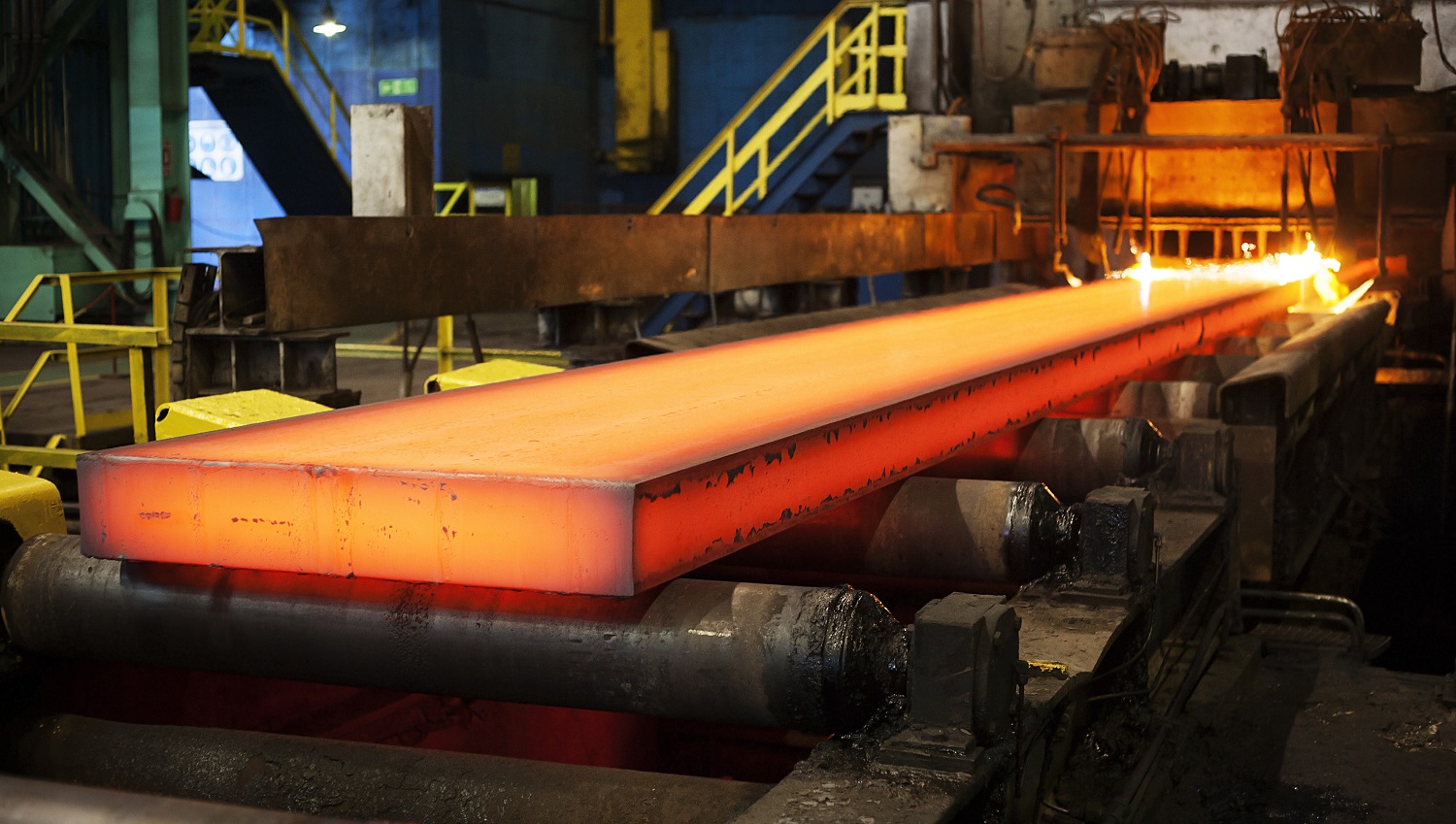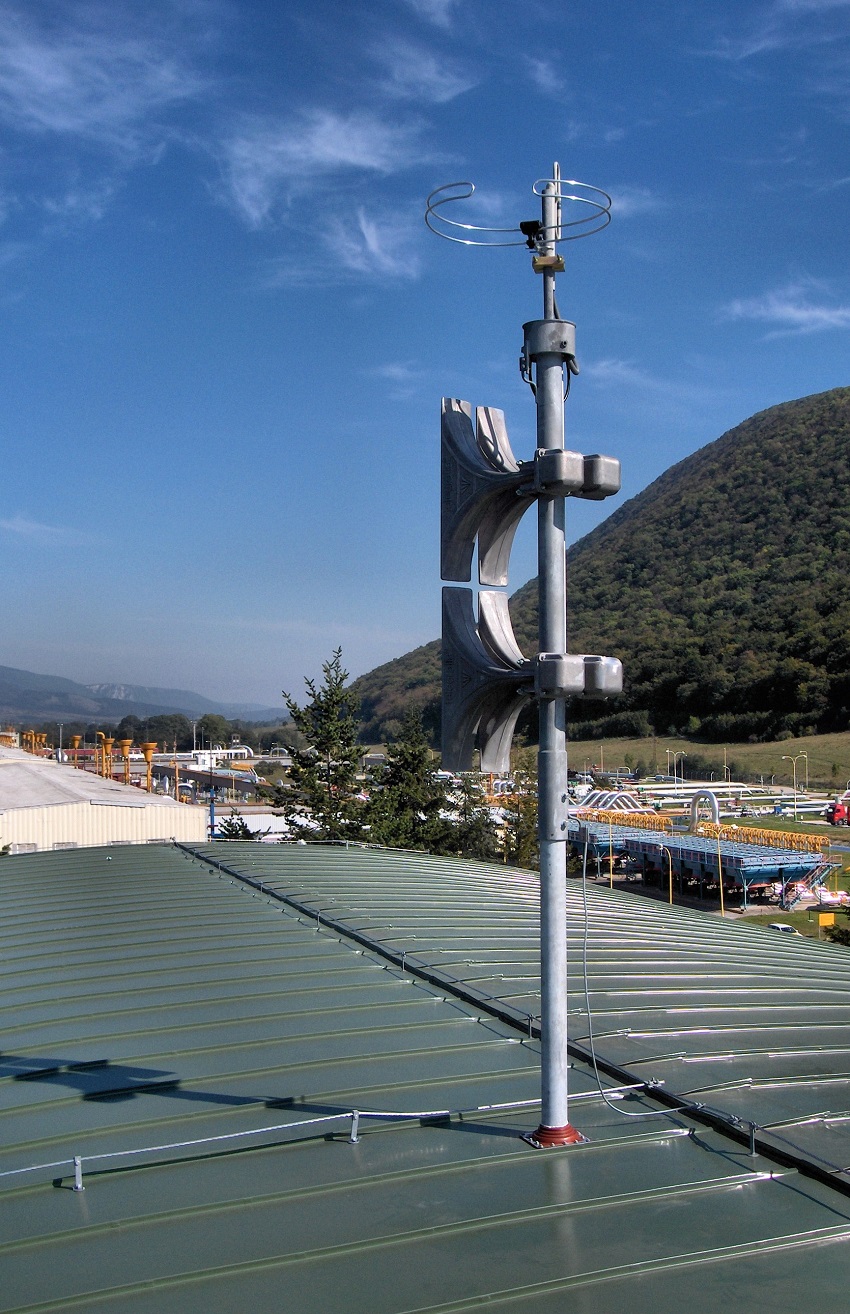
Use of Sirens in the Steel Industry
Listen to article:
Demand for steel has been high for many years thanks to the construction sector, which has put much pressure on production in steel mills. Steelmaking also involves many potentially hazardous factors and is, therefore, one of the most dangerous industries. The International Labour Organisation (ILO) lists more than twenty-seven potential health hazards in its safety guidelines on the steel industry.
These include, among others:
- Falls and injuries
- Risks associated with heavy machinery and its failure
- Release of toxic substances (e.g. carbon monoxide, cadmium, and arsenic)
- Flammable substances, fires, and explosions (e.g. ethylene oxide)
Warning systems
Dangers also exist in various parts of the industrial facility, such as warehouses, production halls, or rolling mills. Many of these risks cannot be wholly eliminated. Still, a combination of training and a sound warning system can control and thus lower them. Every warning system can be adapted to the steelworks operational conditions.
- Sufficient siren power output: The noise level in steelworks is exceptionally high. However, the Telegrafia company offers powerful electric sirens with an output of up to 1,200 W and a possible output increase to 2,400 W (Pavian, Gibon).
- Siren activation from multiple locations: A control centre can warn of possible hazards, e.g. toxic substances. Moreover, employees can react immediately to an unexpected situation by triggering an alarm from where they work (the factory can be fully equipped with lone worker panic alarms/man-down alert buttons). Sirens can also be controlled with mobile devices, and such control is managed by a unified software system (Vektra®).
- Automation: At the moment of siren activation, several other actions to guarantee increased safety are automatically conducted, for example, switching off the equipment, switching on a warning light such as a beacon, notifying the fire brigade, and others.
- High resistance: Hot temperatures or fumes produced during industrial processes in steel mills are also taken into account and incorporated into the technical design of Telegrafia’s sirens and safety systems.
If you are interested in our products or would like more information, please do not hesitate to contact us.
The article was written by
Miroslava Malachovska
Miroslava is the marketing manager. She has been working for Telegrafia for more than twelve years. She began as a business department assistant and later worked as an educational centre coordinator. Since her return from maternity leave, she has been working for the marketing department. The experience and knowledge she has gained give her a solid base for the challenging and creative work she is now doing for the marketing department. She loves running, and keeps fit by regular training and preparing for half-marathon competitions.

